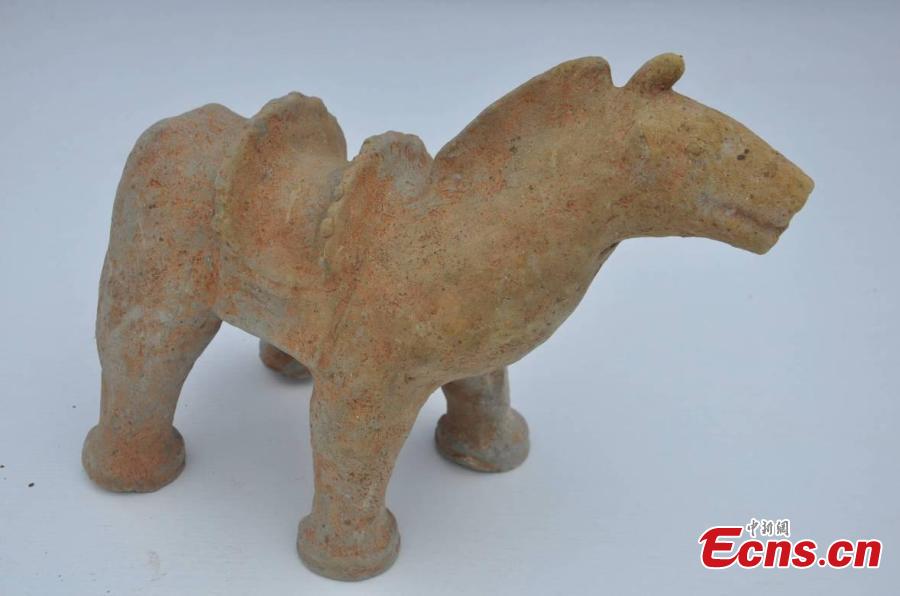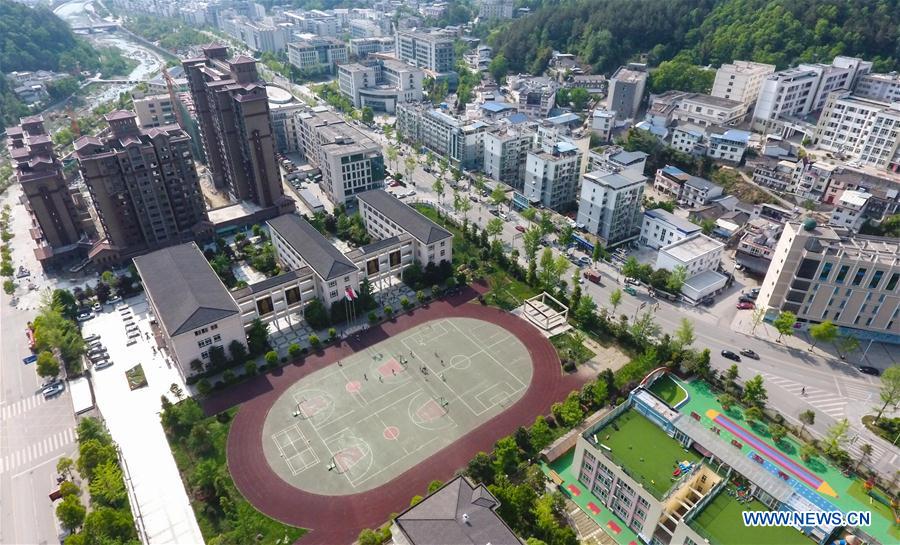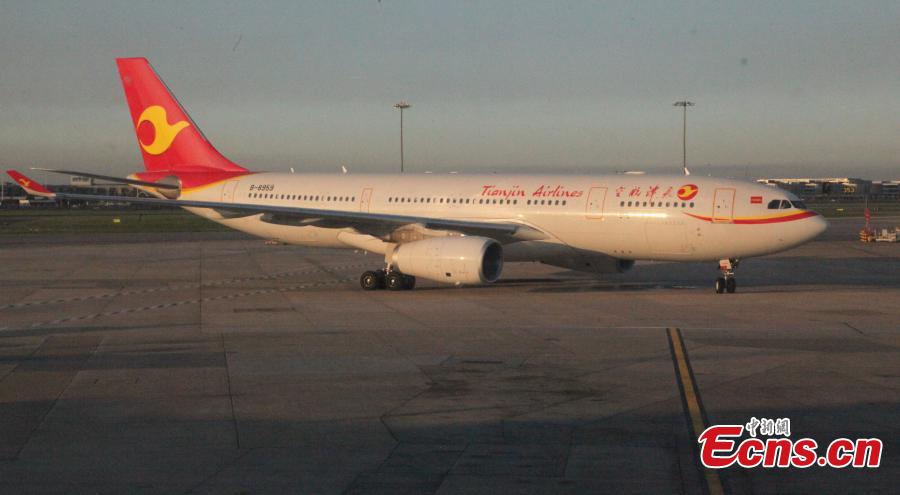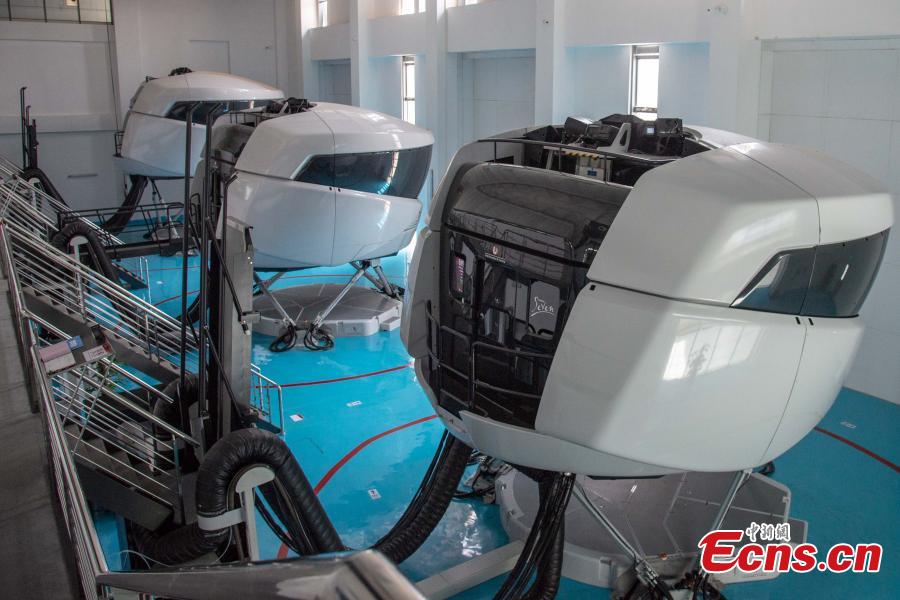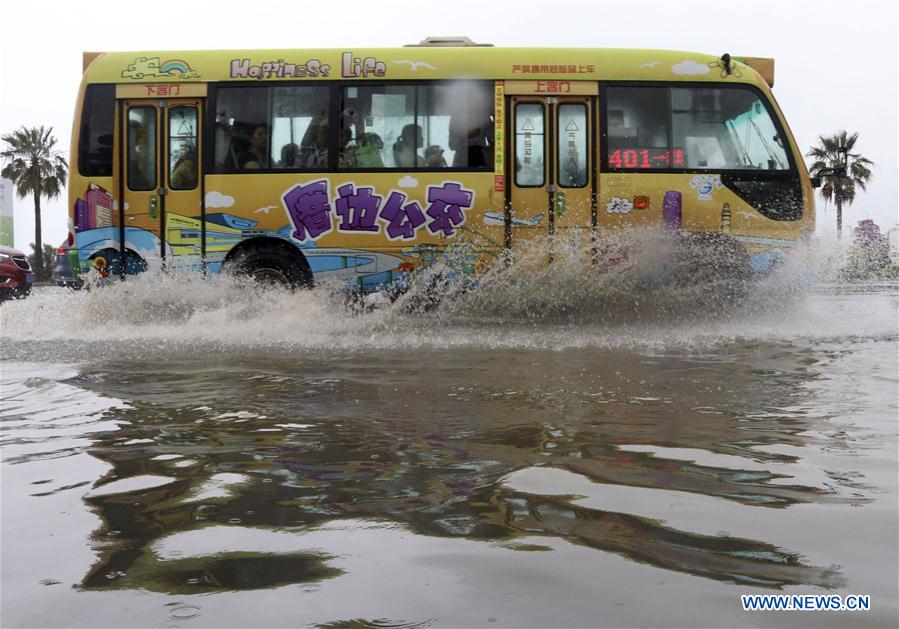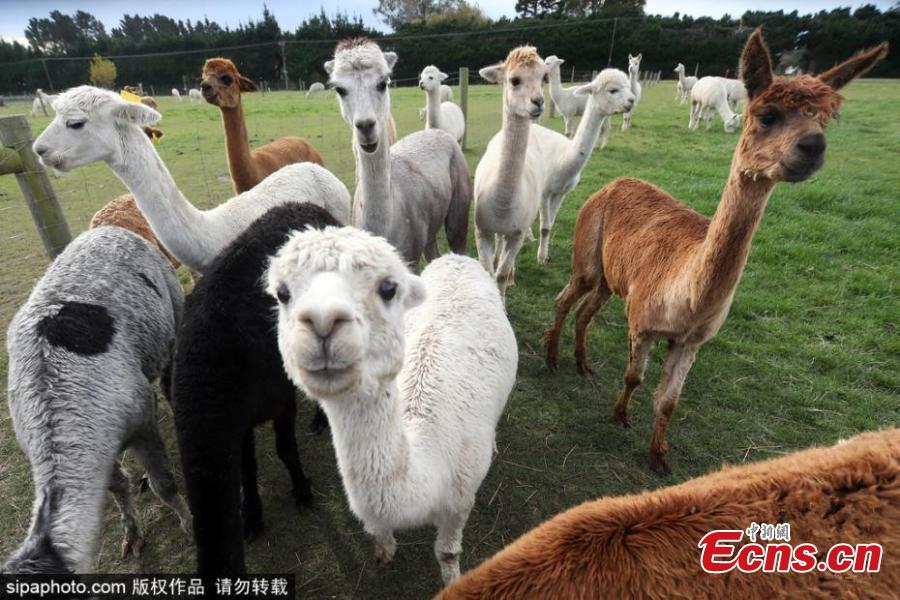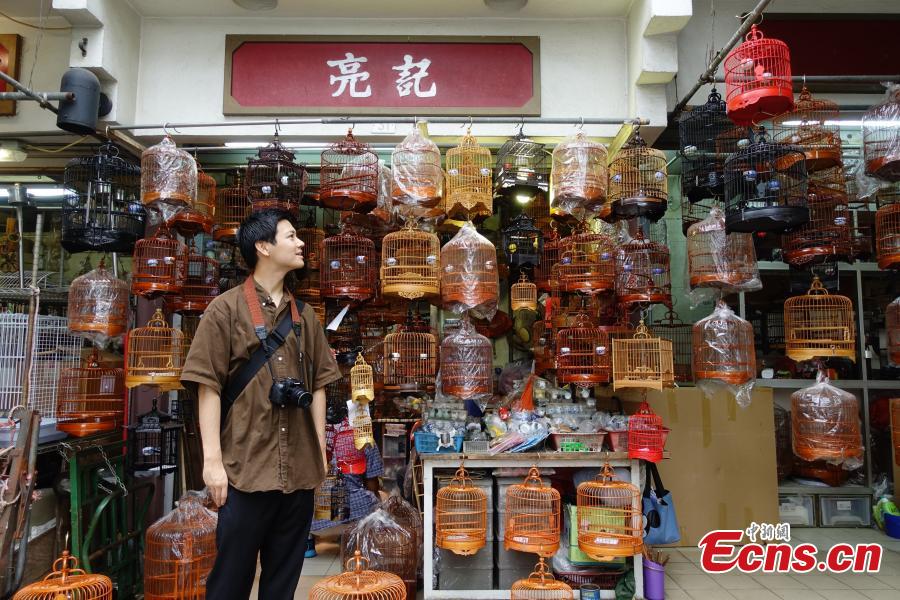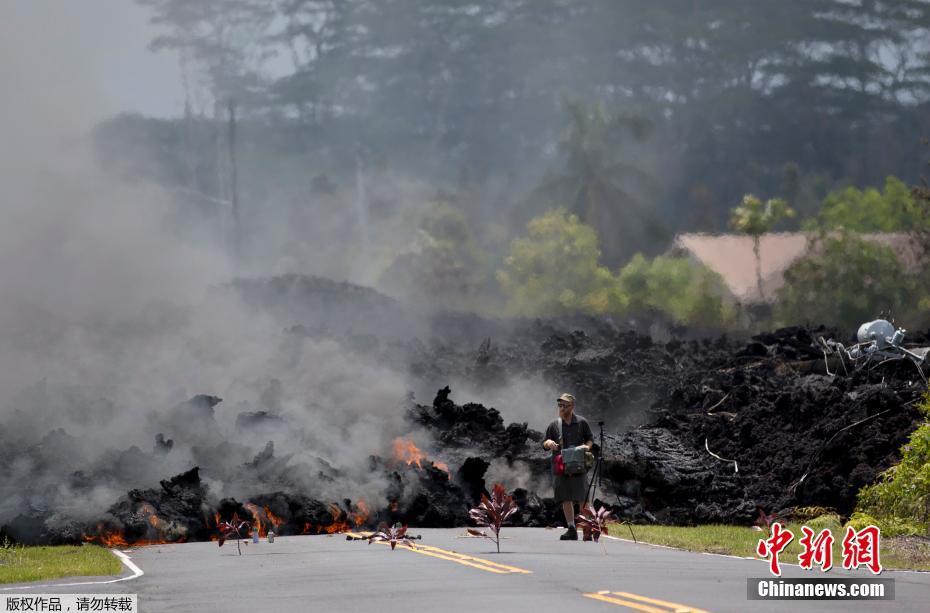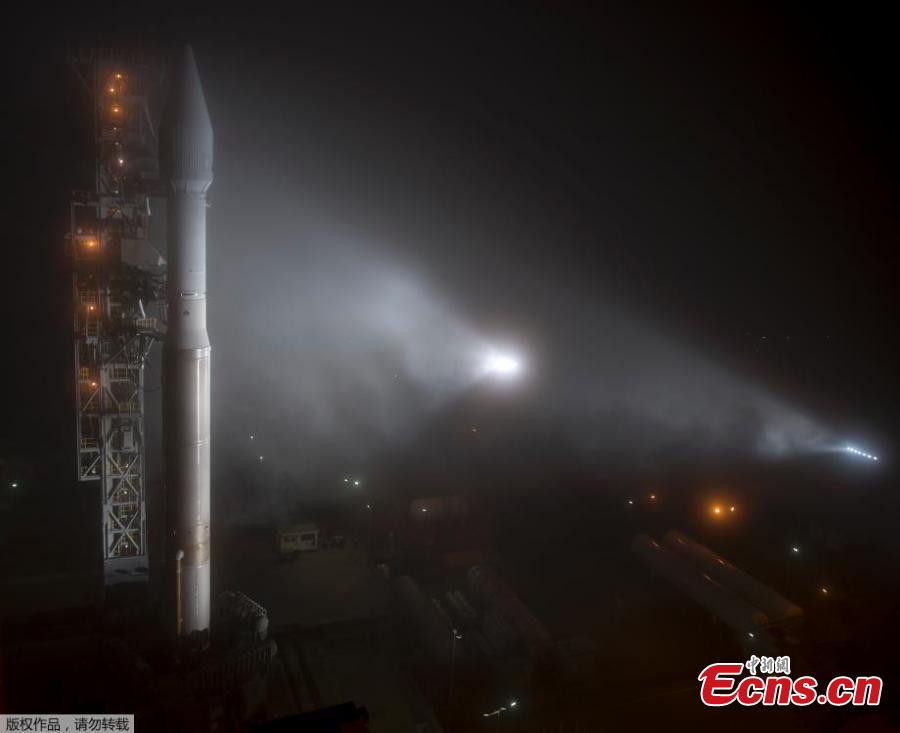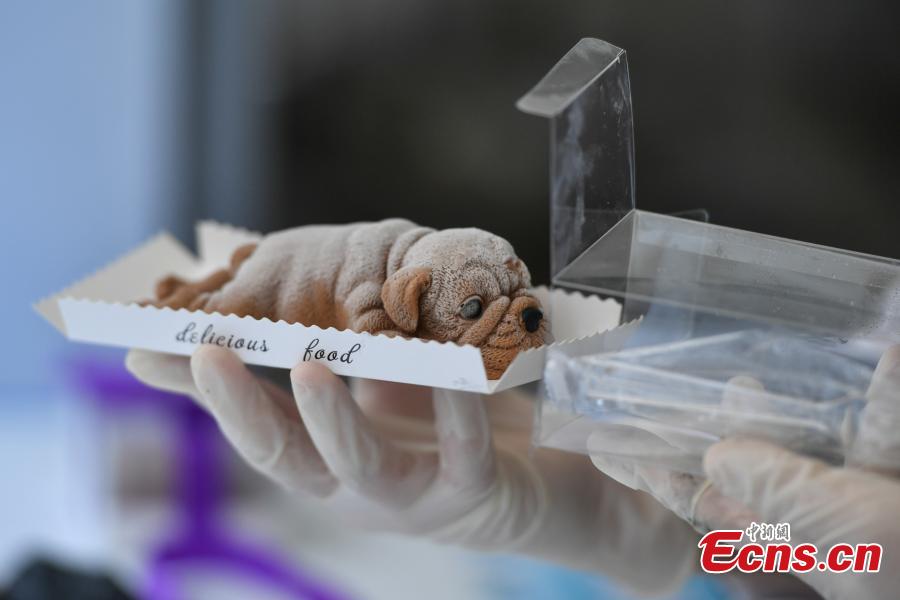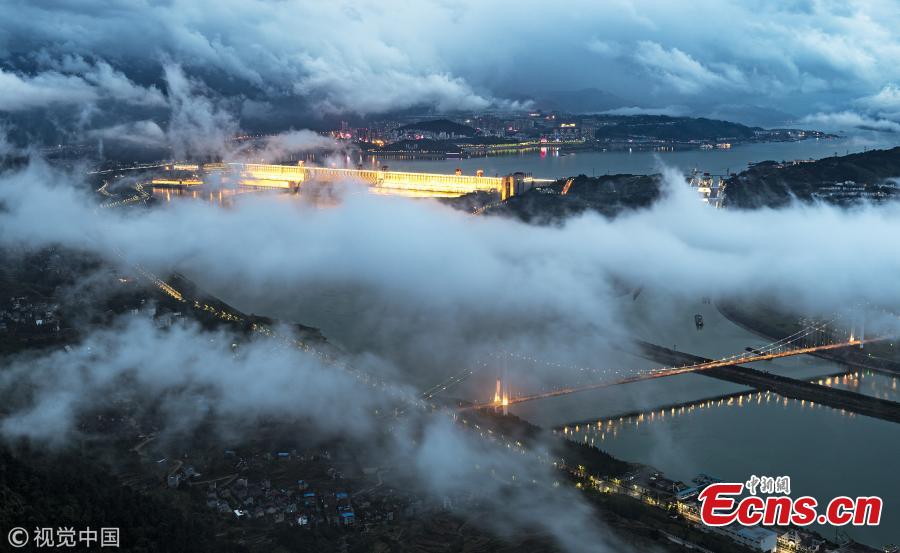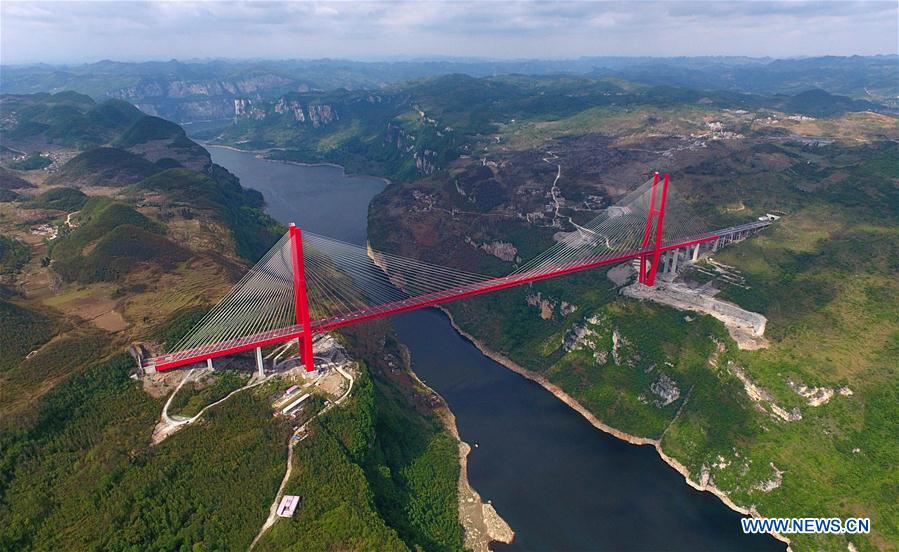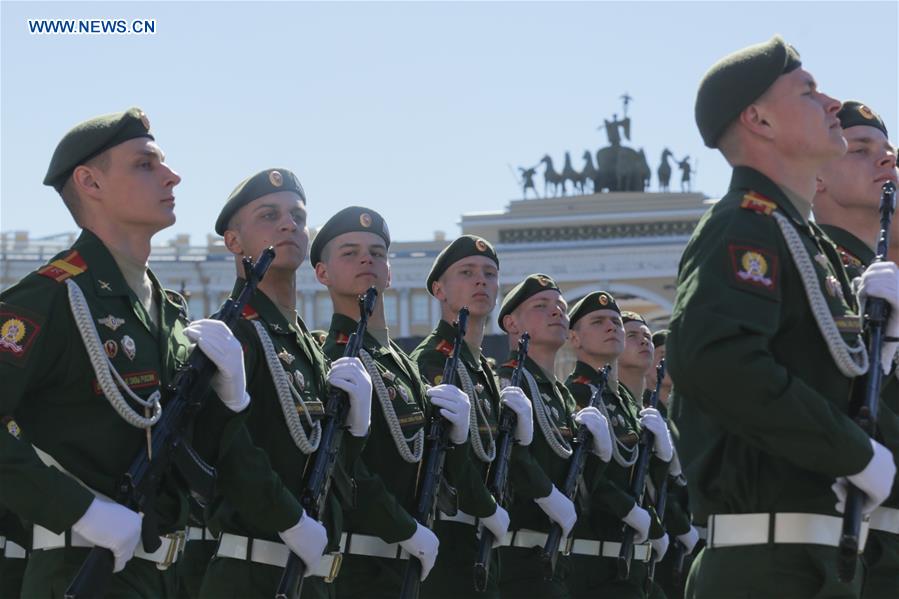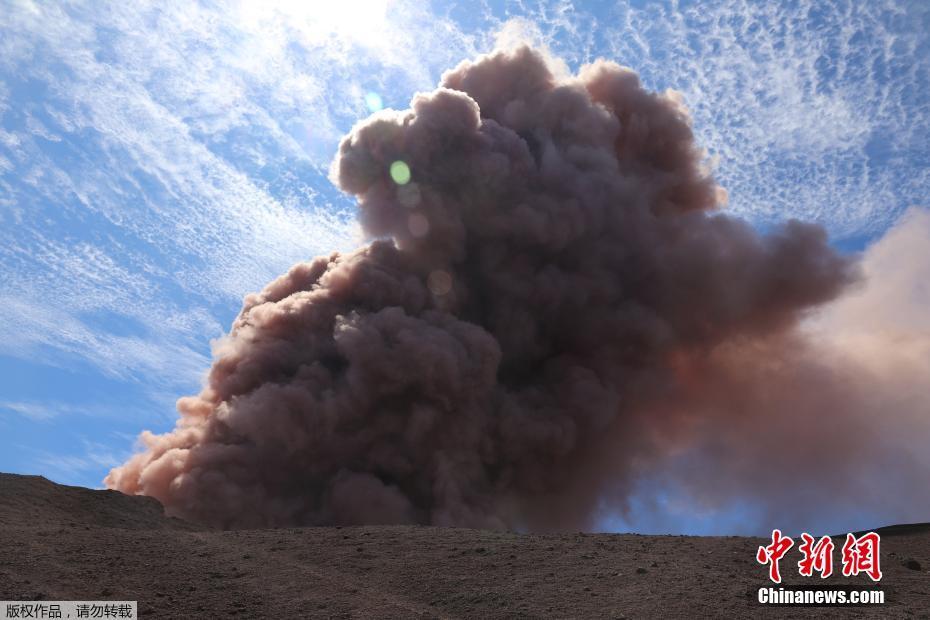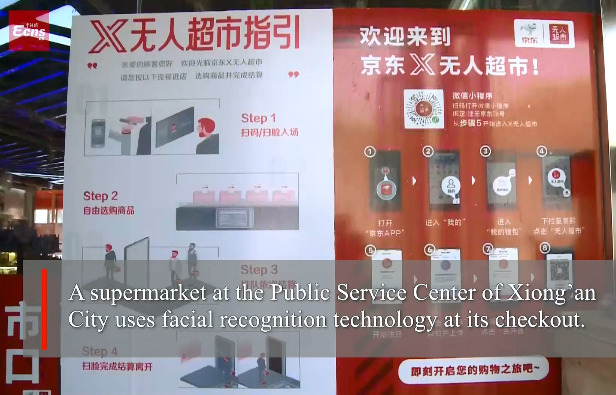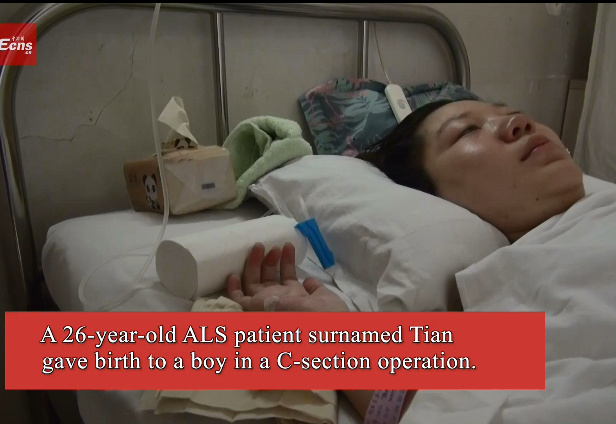The guidelines released Saturday on green agriculture are significant for supply-side structural reform in the sector, a senior official has said.
The guidelines set goals for resource conservation and environmental protection in agriculture.
It is the first document on green agriculture published by the General Office of the Communist Party of China Central Committee and the General Office of the State Council, according to Minister of Agriculture Han Changfu.
The overall goal is to maintain the area of arable land and prevent the quality of land from worsening, Han said.
By 2020, farmland quality should be improved by 0.5 grade on average, while the total arable land area should be no less than 124 million hectares, according to the guidelines. China grades its farmland quality on a scale of one to ten.
The government aims to prevent excessive exploitation of groundwater and improve irrigation.
The document set the target of zero growth chemical fertilizer and pesticide use in major crops by 2020. Forest coverage is to exceed 23 percent.
The comprehensive production capacity of grains should be stabilized at or above 550 million tonnes by 2020, with the quality of farm produce markedly improved.
Straw, animal waste and agricultural plastic film should be fully utilized, according to the guidelines.
The agricultural sector remains resource-intensive, with pollution and ecological degradation yet to be contained, while the supply of high-quality and green farm produce cannot satisfy growing demand, the document said.
Agriculture should be more sustainable, farmers better off, and the countryside more beautiful and liveable, it said.
The country will set up 40 pilot zones for agriculture sustainable development, according to Han.
After years of bumper harvests, China no longer struggles with food shortages, but structural problems remain: some agricultural products are over-supplied and some still rely heavily on imports, while homegrown produce struggles to compete with foreign rivals.
The State Council, China's cabinet, last month released a guideline on supply-side structural reform in agriculture, specifying major tasks and targets for the coming years.
By 2020, China plans to have a modern system in the grain industry and raise the ratio of high-quality grain by around 10 percentage points.
The country is also eyeing an annual average expansion of around 7 percent in the added value of the industry, with the increase of the grain processing rate to 88 percent. By 2020, the number of grain companies with annual business revenue of more than 10 billion yuan (1.5 billion U.S. dollars) should exceed 50, the State Council said.
Major tasks include invigorating leading enterprises, creating new growth models and speeding up restructuring and upgrading.
The State Council stressed that more fiscal, tax and financing support should be extended to the industry, and favorable policies in land and power use should be put in place.









